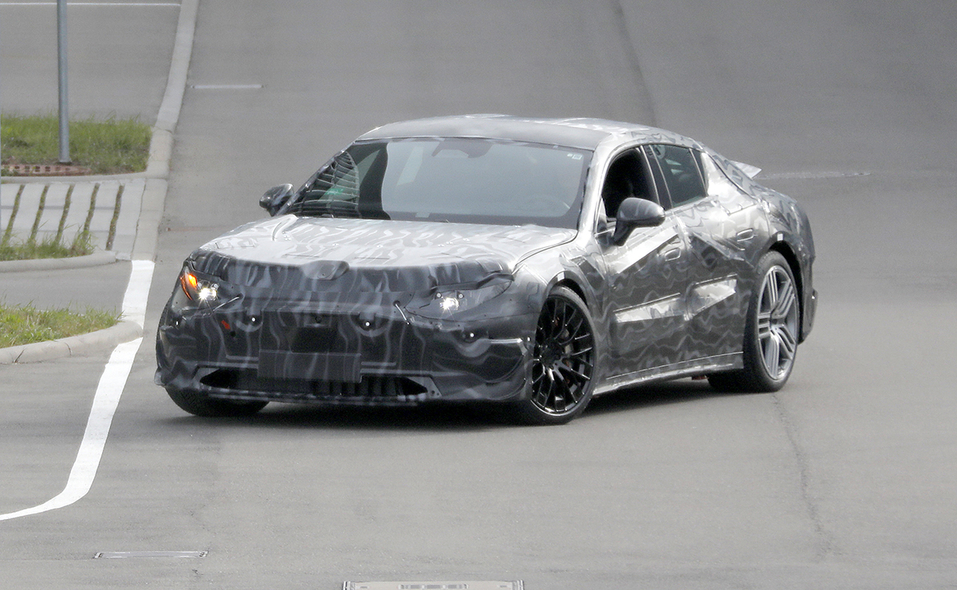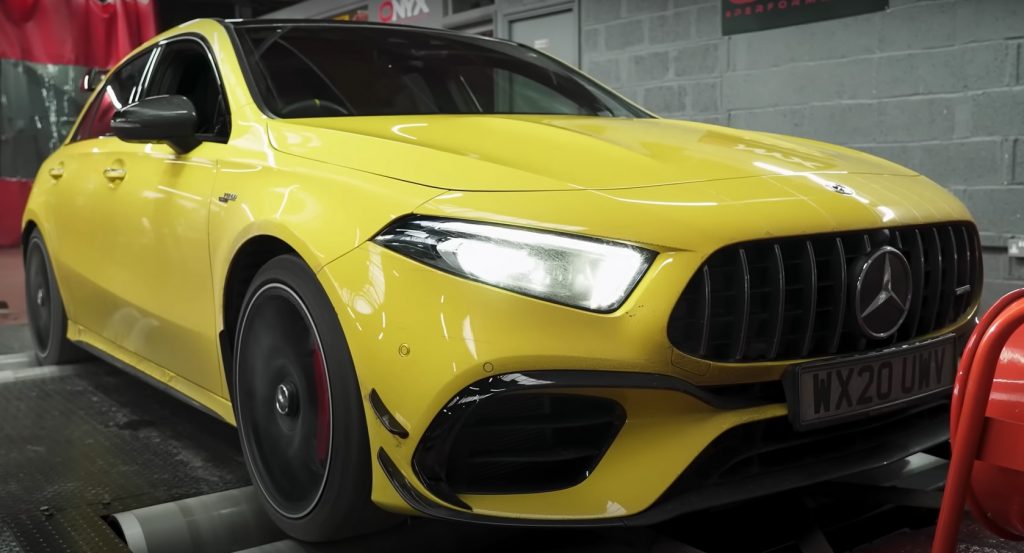In a rather frustrating turn of events at the recent US Grand Prix, both Mercedes and Ferrari found themselves on the wrong side of Formula 1’s stringent plank rules. The post-race disqualifications of Lewis Hamilton and Charles Leclerc marked a rare occurrence in F1 history, where cars faced penalties due to the wear and tear of their planks. On the other hand, it also exposes the flaws of the sport’s current format, particularly the quality of the race tracks and the sustainability of sprint races.

The Fragile World of Plank Rules
According to Motorsport.com, the plank rules in Formula 1 are more delicate than they might appear. The regulations allow for a minute of 1mm of wear between a newly fitted plank and one that has endured the rigors of a race.
To determine compliance, the FIA employs four 50mm diameter holes strategically drilled into the plank’s surface. It was the rearmost hole that caught Mercedes and Ferrari off guard, positioned between 825mm and 1025mm ahead of the rear axle line.
Unlike the front holes, there’s no specific location designated for the rear, leaving room for variations in wear.
Random Checks and the Unlucky Two
The FIA, due to the impracticality of examining every aspect of every car after every session, randomly selects elements to verify compliance. During this event, Max Verstappen’s RB19, Charles Leclerc’s SF-23, Lewis Hamilton’s W14, and Lando Norris’ MCL60 had their planks scrutinized.
Remarkably, the Red Bull and McLaren passed the test, while Ferrari and Mercedes did not.
What Led to the Breach
The technical explanation for the excessive plank wear is rather straightforward. The cars were running too low to the ground, causing them to scrape against the track surface during the Austin weekend.
This issue revolves around the teams’ choice of rear ride height, a factor they tweak from one race to another. Fuel loads and DRS usage can also influence ride height, further complicating the equation.
Time Constraints and Guesswork
During sprint races, teams face challenges in managing their ride heights effectively. The compressed schedule, with just one practice session, prevents them from fine-tuning their settings as they would during a regular F1 weekend.
Ride height calculations made during this abbreviated session must account for added competitive running in subsequent sessions, leading to some guesswork in finding the right balance.
Additional Factors at Play
The bumpy nature of Austin’s Circuit of the Americas (COTA) added another layer of complexity to the situation. Drivers like Max Verstappen described the track as falling below F1 standards.
Additionally, tire management played a role in the plank wear. Hamilton and Leclerc’s extended first stints on medium tires, aimed at creating a strategic advantage, may have contributed to the excessive wear on the planks.
Lessons Learned and Looking Ahead
Mercedes’ trackside engineering director, Andrew Shovlin, acknowledged the pitfalls of the sprint format and the challenges it poses. With only an hour of running before parc ferme, the unpredictable track conditions and rapid ride height adjustments have led to wear levels beyond expectations.
Teams may consider altering their FP1 programs to include runs on heavy fuel in bumpy sprint venues like Interlagos.
Potential Rule Changes and Unanswered Questions
The disqualifications of Hamilton and Leclerc have reignited debates about the suitability of parc ferme rules for sprint weekends. As discussions on altering the sprint race format continue, changes to the parc ferme rules may be on the horizon to prevent a recurrence of the Austin incident.
The lingering question that remains is how many other cars might have failed the plank checks if the FIA had inspected all competitors.
Final Thoughts
The disqualification of the two race leaders at the recently concluded US Grand Prix was definitely surprising. It was also frustrating at the same time as it exposed the flaws of the Circuit of the Americas, which heavily contributed to the wear of their cars. Likewise, this puts in question the insistence of the FIA to hold sprint races.


























